Photography has become more prominent in Taiwan over the past few years. Several galleries devoted to the medium have opened; Taipei Photo, a fair devoted to photography and video, began four years ago; and Art Taipei, Taiwan’s largest art fair, opened a section for photography last year. And now comes 2011 Taiwan Photo, the country’s first art fair devoted exclusively to photography.
This is perhaps unsurprising. A 1981 Cindy Sherman photograph called Untitled sold for US$3.89 million at Christy’s in May. And though one could argue that collectors throwing around this kind of money is proof of an emerging art bubble, there is no doubt that photography is enjoying a renaissance.
Taiwan Photo, which opens on Friday, is located on the sixth floor of Xinyi District’s (信義) Shin Kong Mitsukoshi, Building A11 (新光三越A11館) in Taipei. The exhibition will feature 26 galleries from Taiwan, Germany, France, Japan and the US.
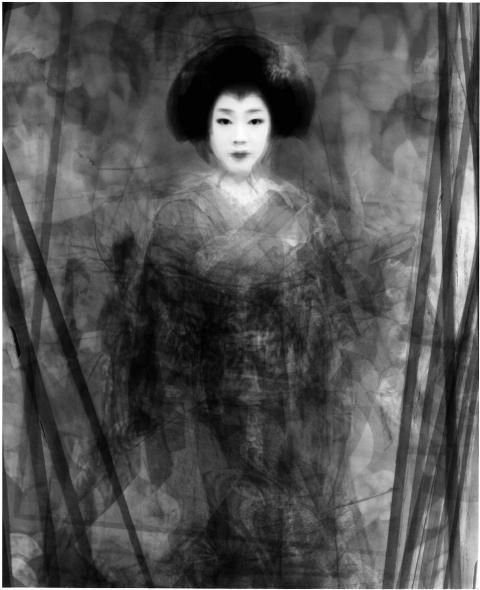
Photo courtesy of 1839 Little Gallery
Edward Chiu (邱奕堅), the fair’s chairman and owner of 1839 Little Gallery (1839小藝廊), says that a photography art fair is long overdue.
“Beijing has its own photo fair, as do Singapore and Tokyo. We are born into a photographic world and I felt it was about time Taiwan had a fair of its own,” Chiu told the Taipei Times.
The fair will advance the visibility of Taiwan’s photographic art, he says, and promote exchanges with galleries from around the world specializing in photography.
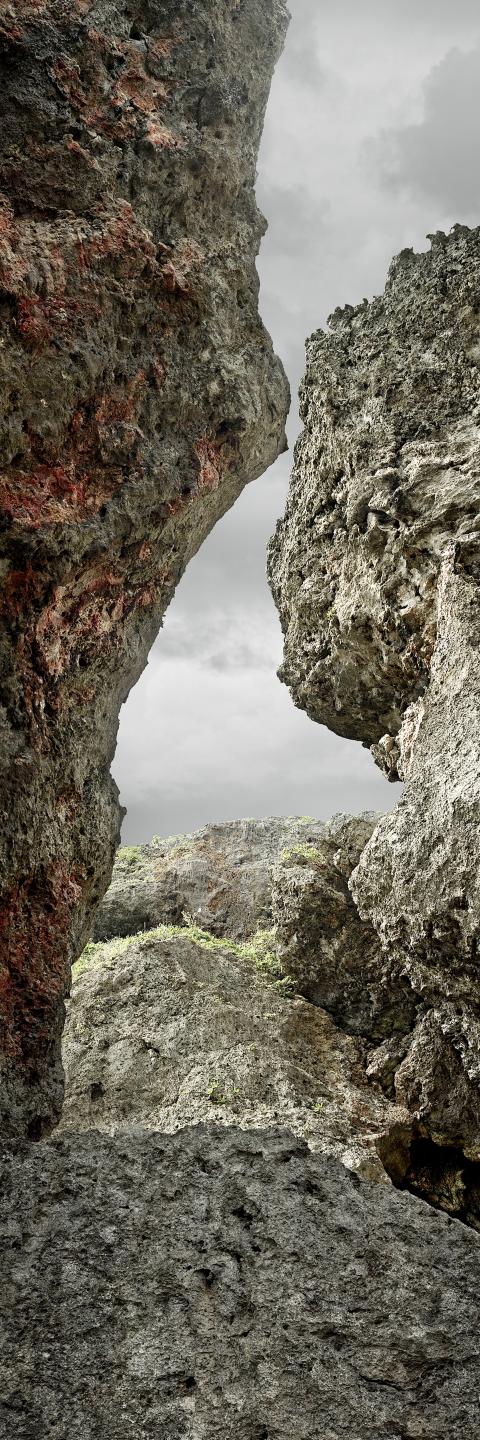
Photo courtesy of 1839 Little Gallery
Vintage photography from Japan and China will be displayed alongside conceptual photography from France, and the exhibition includes works by Julie Blackmon, Edward Weston, Ansel Adams, Daido Moriyama and Ken Kitano.
Photos by emerging Taiwanese photographers will include the collage photography of Isa Ho (何孟娟), black-and-white landscape images by Murphy Chen (陳志宏) and pictures of abandoned buildings by Yang Chin-sheng (楊欽盛).
British landscape photographer Michael Kenna will hold a book signing session on Saturday from 2pm to 3pm, after which he will deliver a lecture, titled A Life in Photography, from 3:30pm to 5pm.
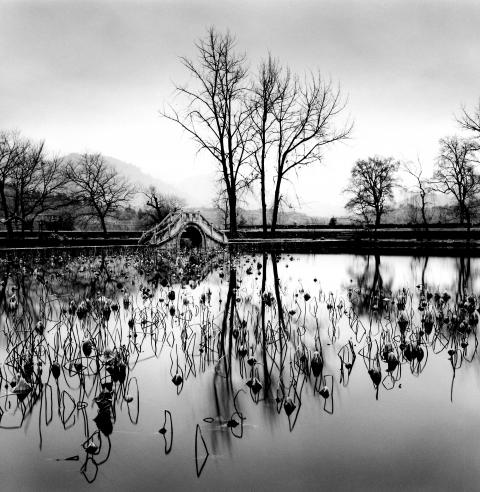
Photo courtesy of 1839 Little Gallery
There will also be a forum for those interested in collecting: Chiu will deliver a talk on Saturday from 1:30pm to 3pm about the history and future of Asia’s photographic art market.
On Sunday from 1:30pm to 3pm, Mark Pearson of Japan’s Zen-Foto Gallery will discuss how collectors can become gallery owners, while H.W. Suan (全會華), chairman of the Taiwan International Visual Arts Center (TIVAC — 台灣國際視覺藝術中心), a gallery specializing in contemporary Asian photography, is scheduled to give a talk on the relationship between photography and the art market.
Admittance to each session costs NT$150.
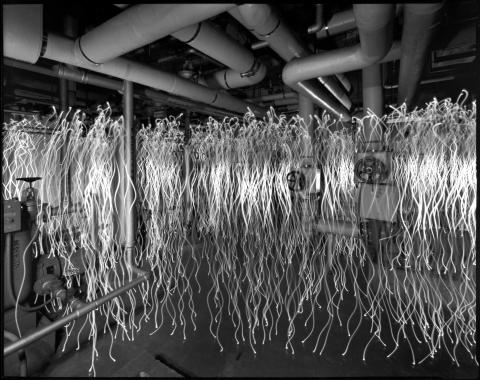
Photo courtesy of 1839 Little Gallery
Breaking with conventional wisdom, which suggests that collectors avoid photography because of its ubiquity, Chiu says people naturally like photography because they have developed an understanding of its visual language that might not be so easily formed with painting or sculpture.
“Families can’t live without cameras,” he says. “People can’t live without pictures. The younger generation grew up with computers and digital cameras and feels comfortable with photography. [And that’s who will] be the collectors of the future.”
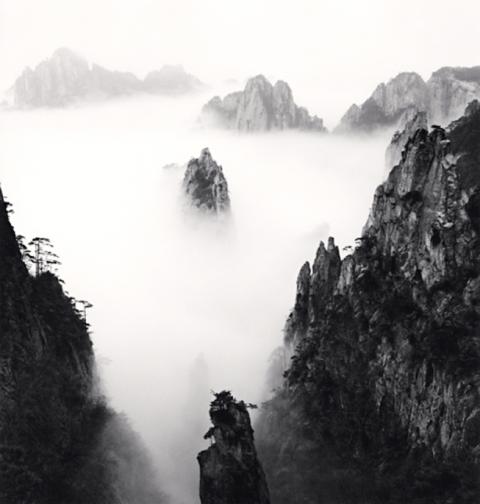
Photo courtesy of 1839 Little Gallery

Photo courtesy of 1839 Little Gallery
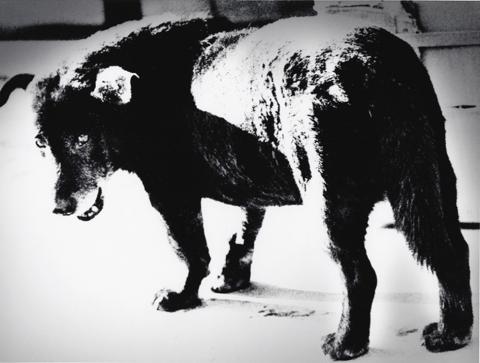
Photo courtesy of 1839 Little Gallery

As we live longer, our risk of cognitive impairment is increasing. How can we delay the onset of symptoms? Do we have to give up every indulgence or can small changes make a difference? We asked neurologists for tips on how to keep our brains healthy for life. TAKE CARE OF YOUR HEALTH “All of the sensible things that apply to bodily health apply to brain health,” says Suzanne O’Sullivan, a consultant in neurology at the National Hospital for Neurology and Neurosurgery in London, and the author of The Age of Diagnosis. “When you’re 20, you can get away with absolute

When the South Vietnamese capital of Saigon fell to the North Vietnamese forces 50 years ago this week, it prompted a mass exodus of some 2 million people — hundreds of thousands fleeing perilously on small boats across open water to escape the communist regime. Many ultimately settled in Southern California’s Orange County in an area now known as “Little Saigon,” not far from Marine Corps Base Camp Pendleton, where the first refugees were airlifted upon reaching the US. The diaspora now also has significant populations in Virginia, Texas and Washington state, as well as in countries including France and Australia.

On April 17, Chinese Nationalist Party (KMT) Chairman Eric Chu (朱立倫) launched a bold campaign to revive and revitalize the KMT base by calling for an impromptu rally at the Taipei prosecutor’s offices to protest recent arrests of KMT recall campaigners over allegations of forgery and fraud involving signatures of dead voters. The protest had no time to apply for permits and was illegal, but that played into the sense of opposition grievance at alleged weaponization of the judiciary by the Democratic Progressive Party (DPP) to “annihilate” the opposition parties. Blamed for faltering recall campaigns and faced with a KMT chair

A police station in the historic sailors’ quarter of the Belgian port of Antwerp is surrounded by sex workers’ neon-lit red-light windows. The station in the Villa Tinto complex is a symbol of the push to make sex work safer in Belgium, which boasts some of Europe’s most liberal laws — although there are still widespread abuses and exploitation. Since December, Belgium’s sex workers can access legal protections and labor rights, such as paid leave, like any other profession. They welcome the changes. “I’m not a victim, I chose to work here and I like what I’m doing,” said Kiana, 32, as she